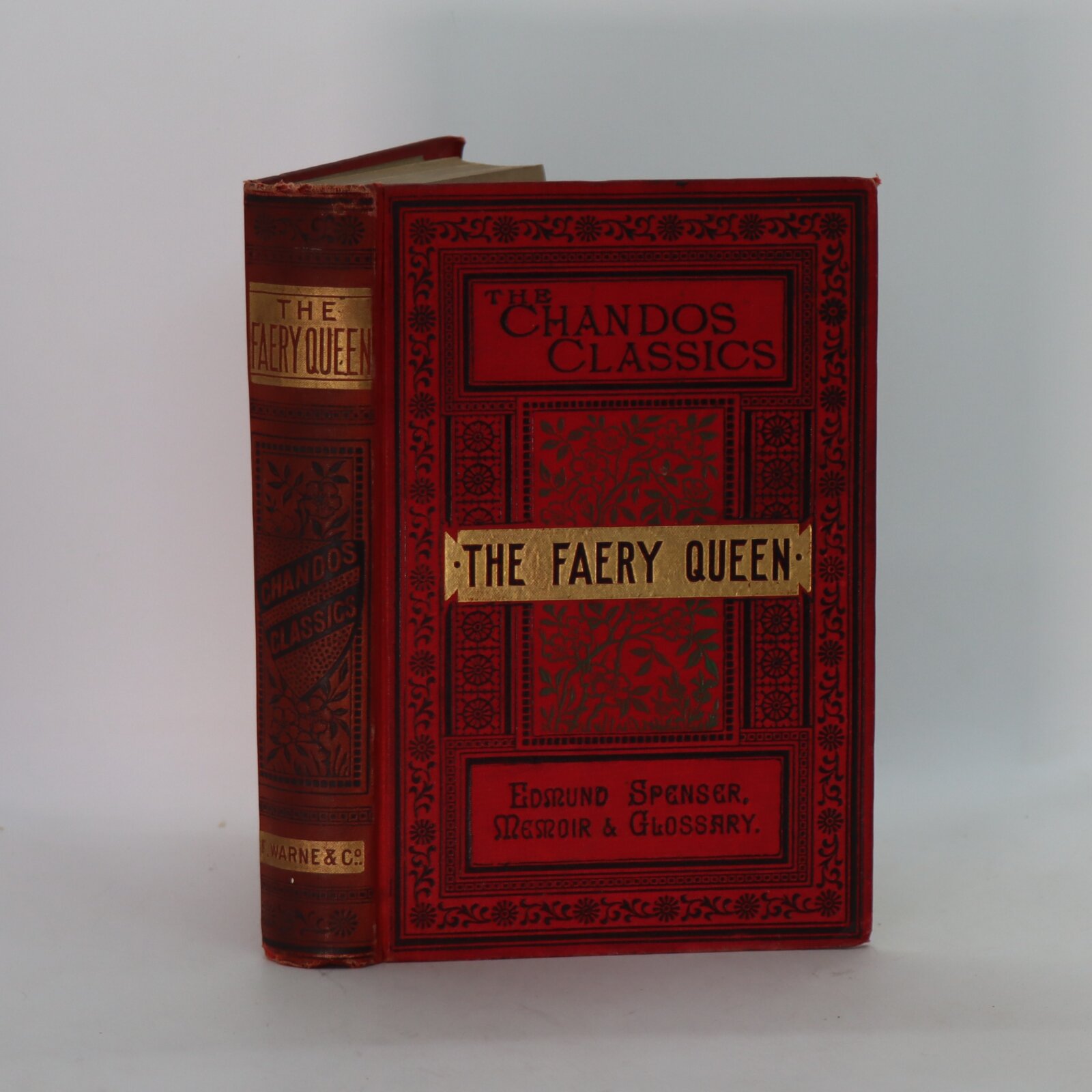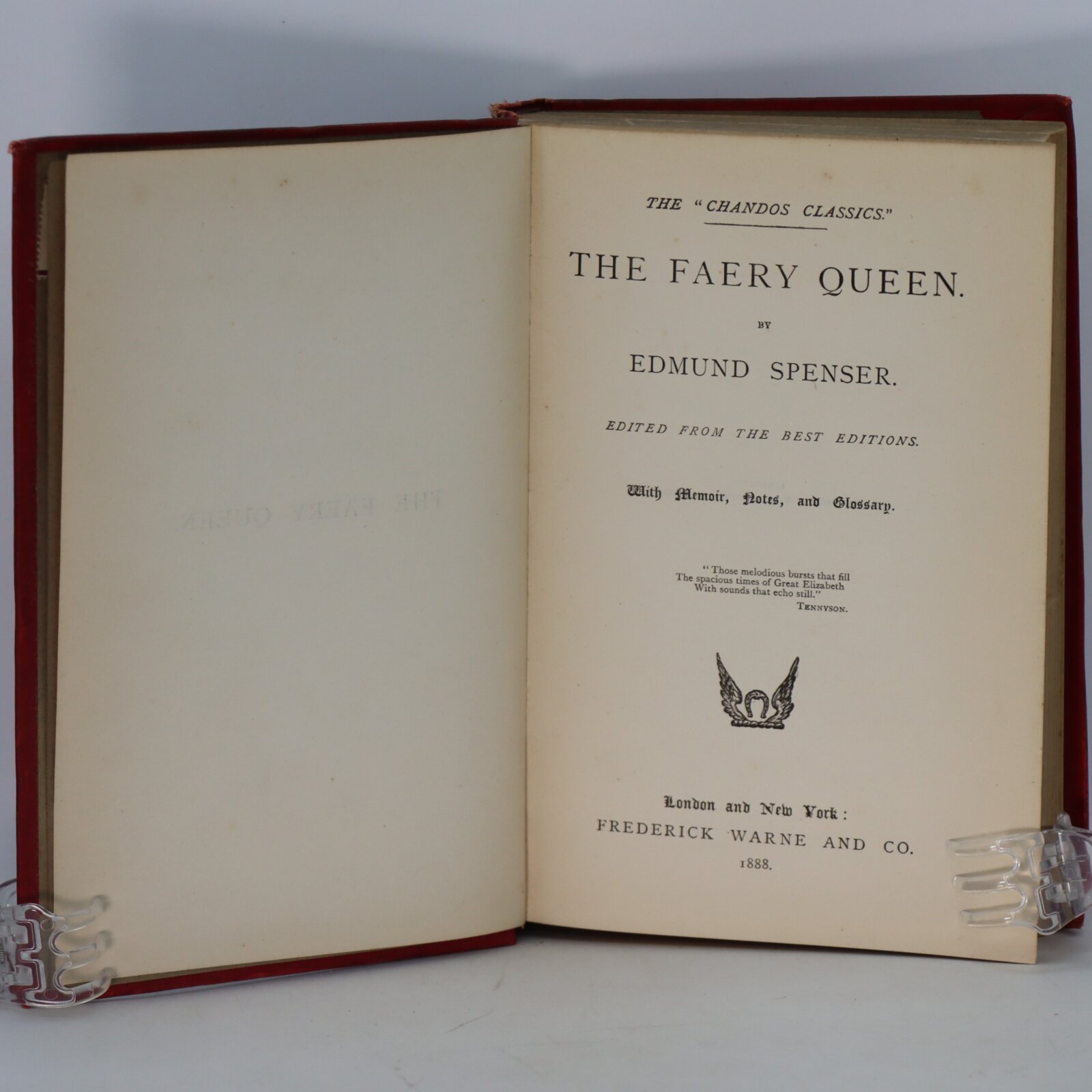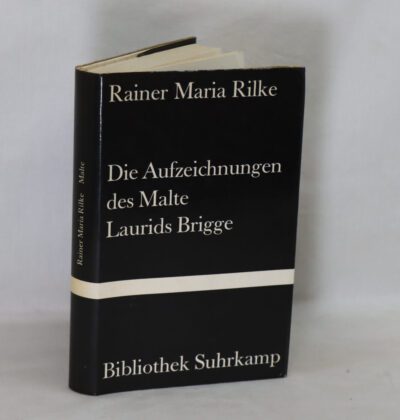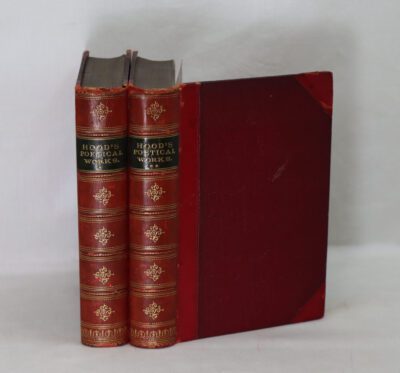The Faery Queen.
By Edmund Spenser
Printed: 1888
Publisher: Frederick Warne & Co. London
| Dimensions | 14 × 19 × 3 cm |
|---|---|
| Language |
Language: English
Size (cminches): 14 x 19 x 3
Condition: Fine (See explanation of ratings)
Your items
Item information
Description
Red cloth binding with gilt title on the spine. Black embossed pattern and gilt title on the front board.
F.B.A. provides an in-depth photographic presentation of this item to stimulate your feel and touch. More traditional book descriptions are immediately available.
The Faerie Queene is an English epic poem by Edmund Spenser. Books I–III were first published in 1590, then republished in 1596 together with books IV–VI. The Faerie Queene is notable for its form: at over 36,000 lines and over 4,000 stanzas it is one of the longest poems in the English language; it is also the work in which Spenser invented the verse form known as the Spenserian stanza. On a literal level, the poem follows several knights as a means to examine different virtues, and though the text is primarily an allegorical work, it can be read on several levels of allegory, including as praise (or, later, criticism) of Queen Elizabeth I. In Spenser’s Letter of the Authors, he states that the entire epic poem is “cloudily enwrapped in Allegorical devices”, and that the aim of publishing The Faerie Queene was “to fashion a gentleman or noble person in virtuous and gentle discipline”.
Spenser presented the first three books of The Faerie Queene to Elizabeth I in 1589, probably sponsored by Sir Walter Raleigh. The poem was a clear effort to gain court favour, and as a reward Elizabeth granted Spenser a pension for life amounting to £50 a year, though there is no further evidence that Elizabeth I ever read any of the poem. This royal patronage elevated the poem to a level of success that made it Spenser’s defining work.
Edmund Spenser 1552/1553 – 13 January 1599 was an English poet best known for The Faerie Queene, an epic poem and fantastical allegory celebrating the Tudor dynasty and Elizabeth I. He is recognized as one of the premier craftsmen of nascent Modern English verse and is often considered one of the greatest poets in the English language.
Want to know more about this item?

Related products
Share this Page with a friend











